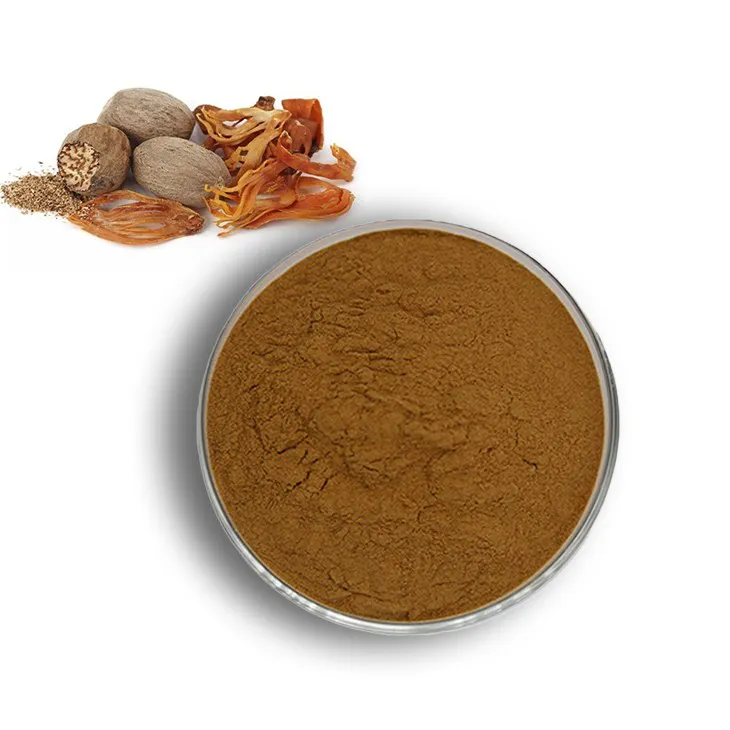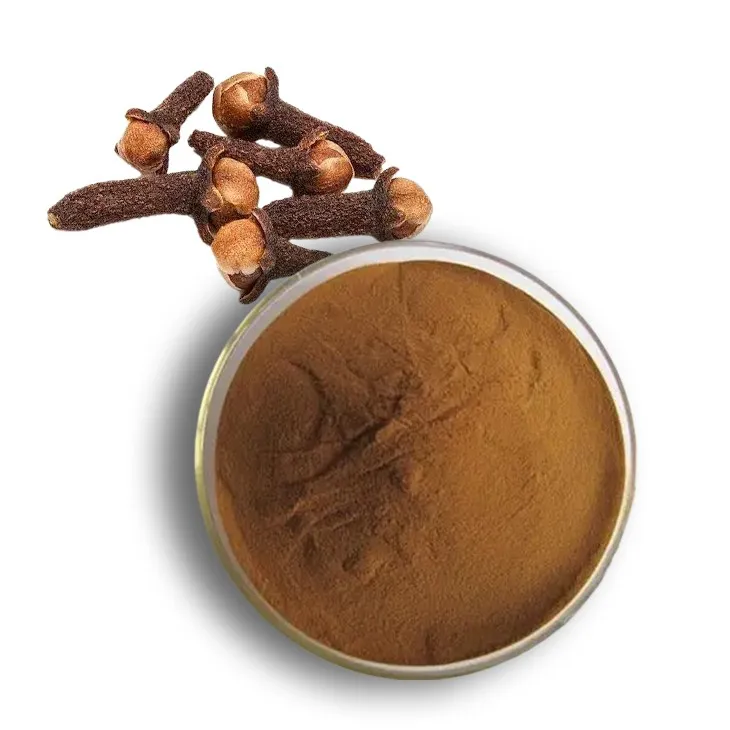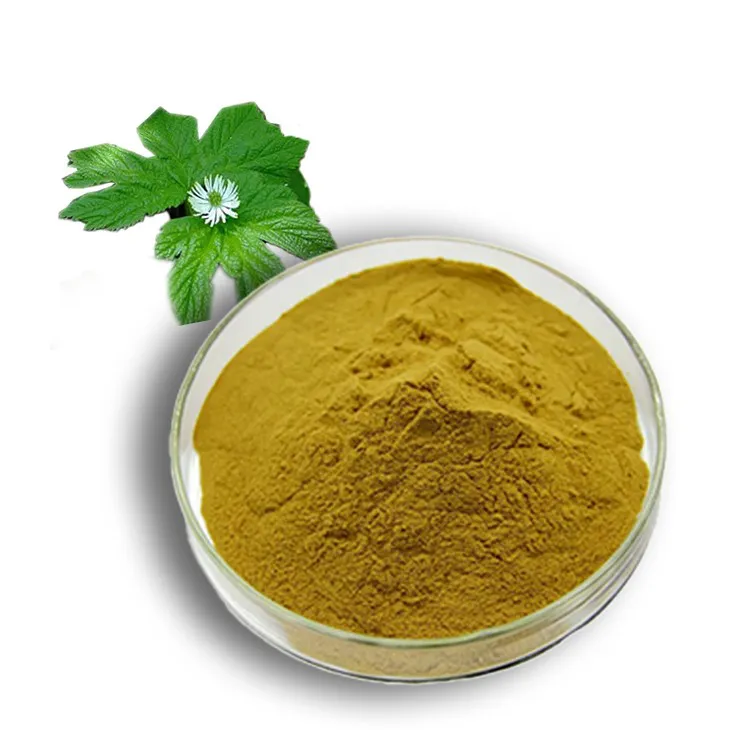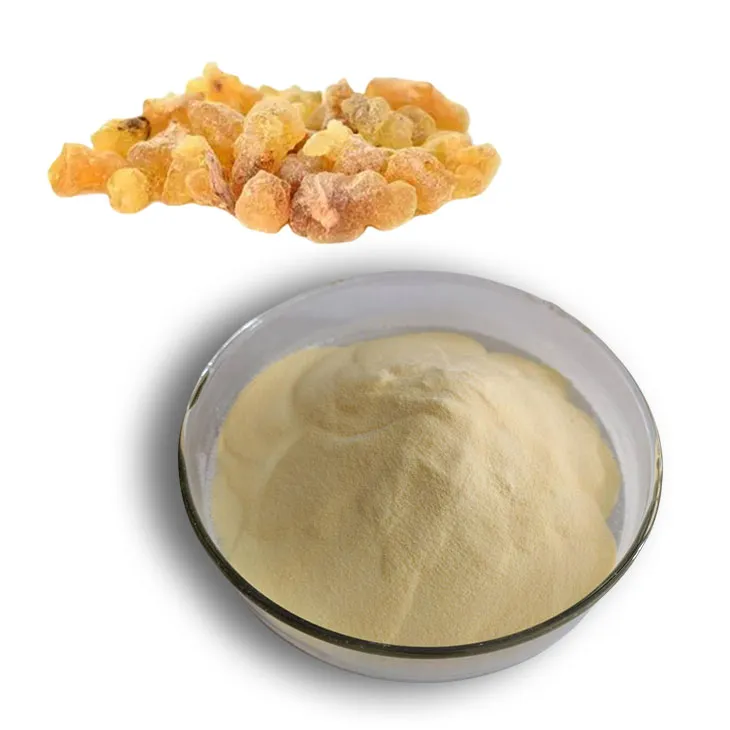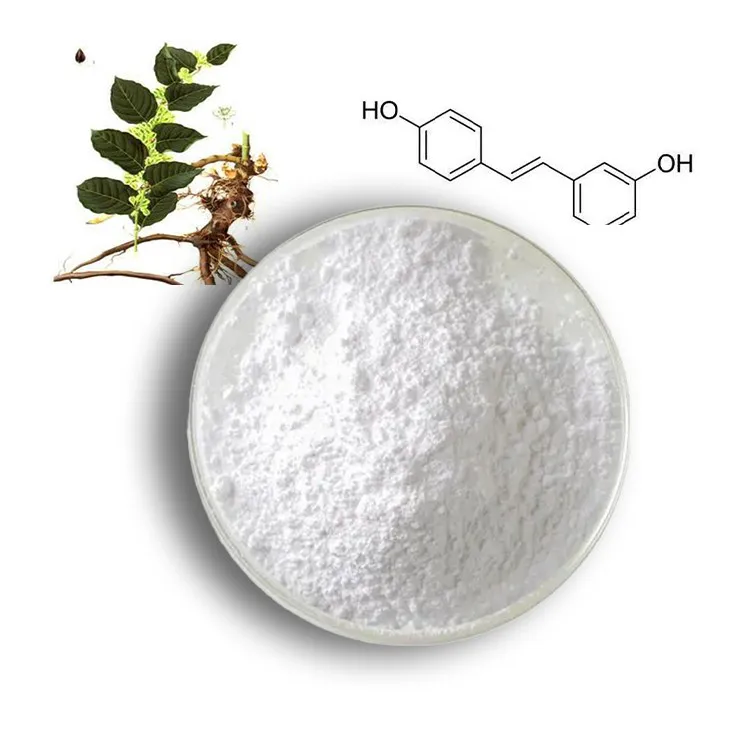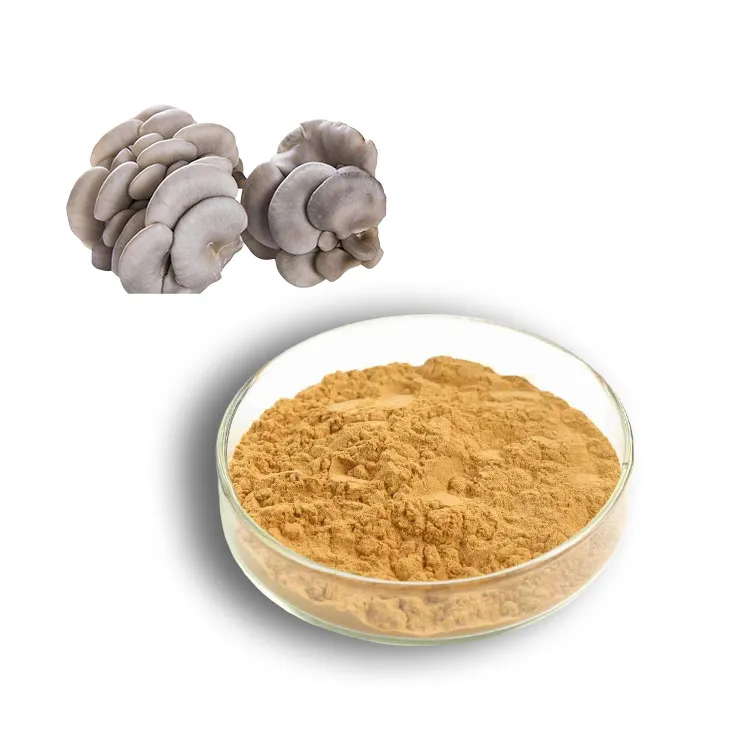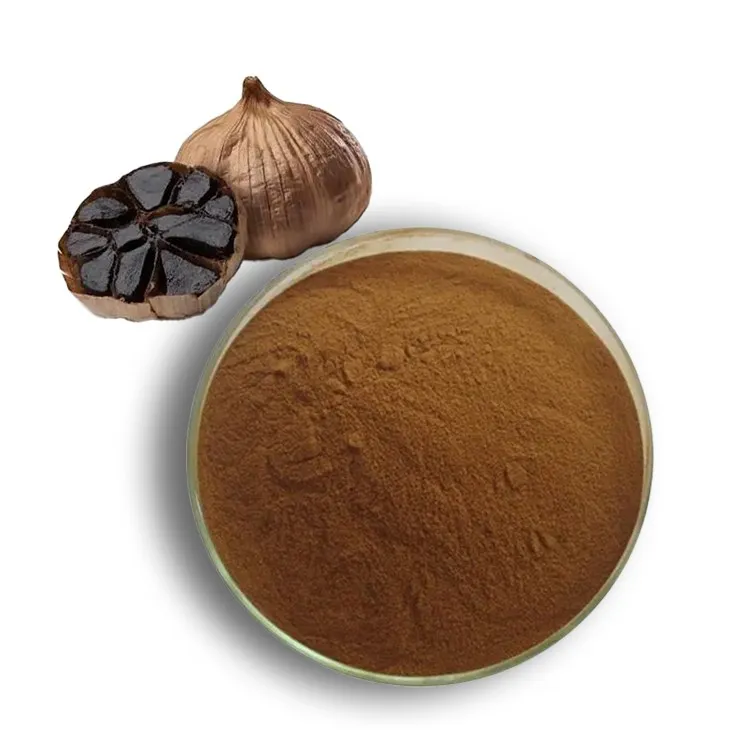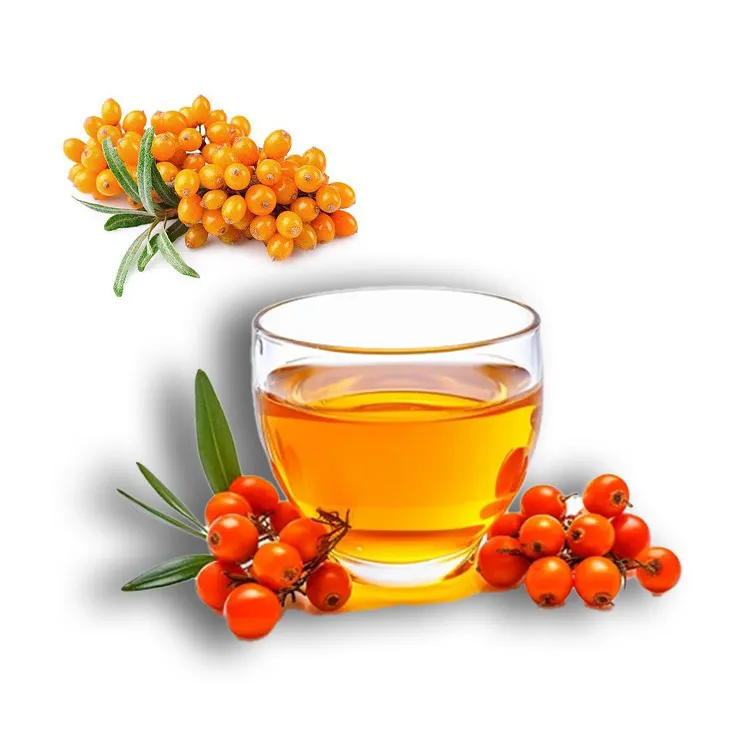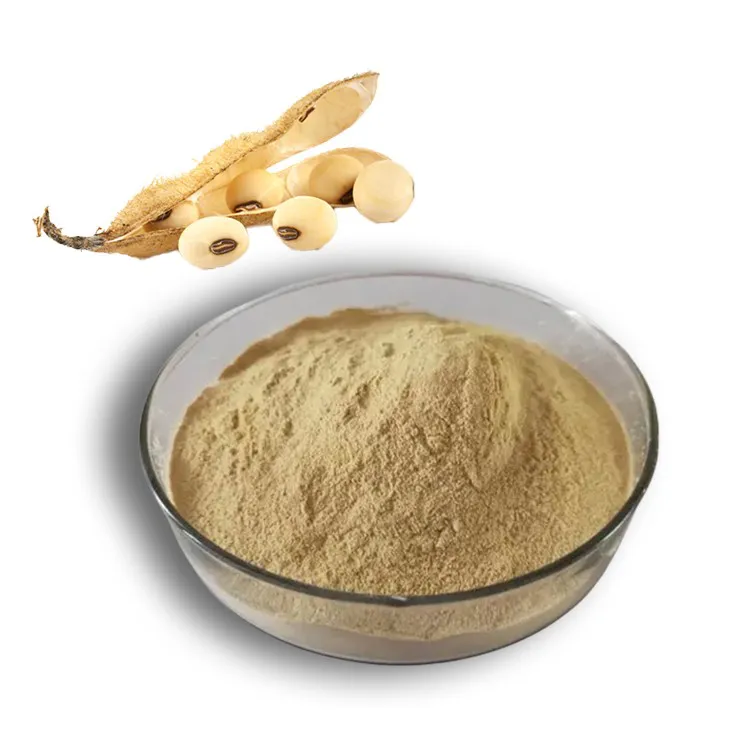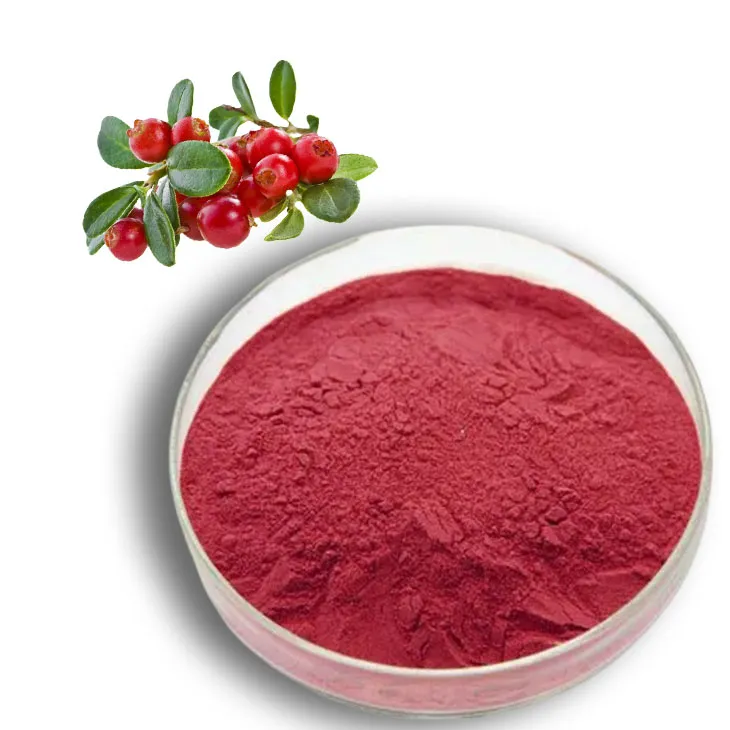- 0086-571-85302990
- sales@greenskybio.com
Active components in sophora flavescens root extract.
2024-11-29
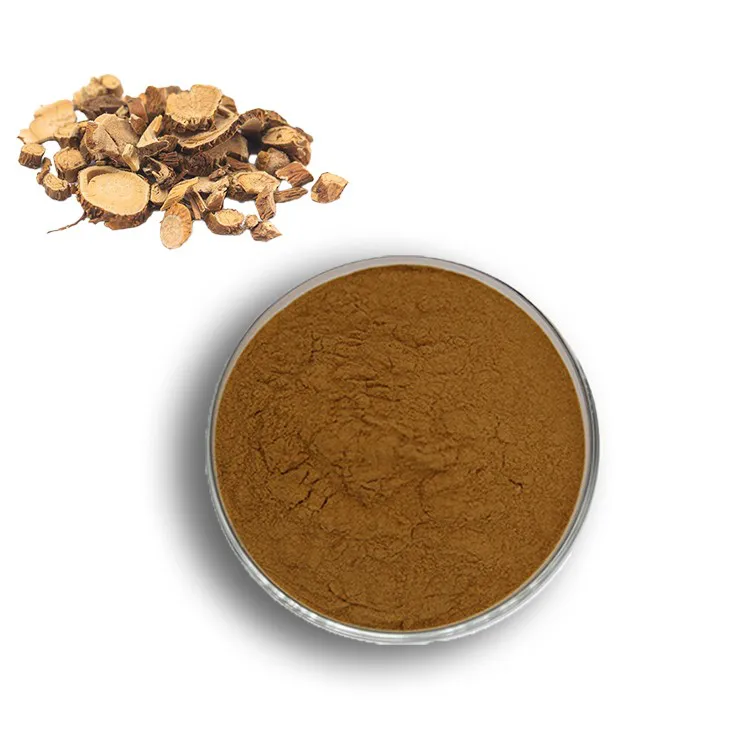
Introduction
The root extract of Sophora flavescens has long been a subject of interest in the fields of medicine and natural product research. This extract is rich in a variety of active components, each contributing to its pharmacological potential. Understanding these components is crucial for unlocking the full therapeutic benefits of Sophora Flavescens Root Extract.
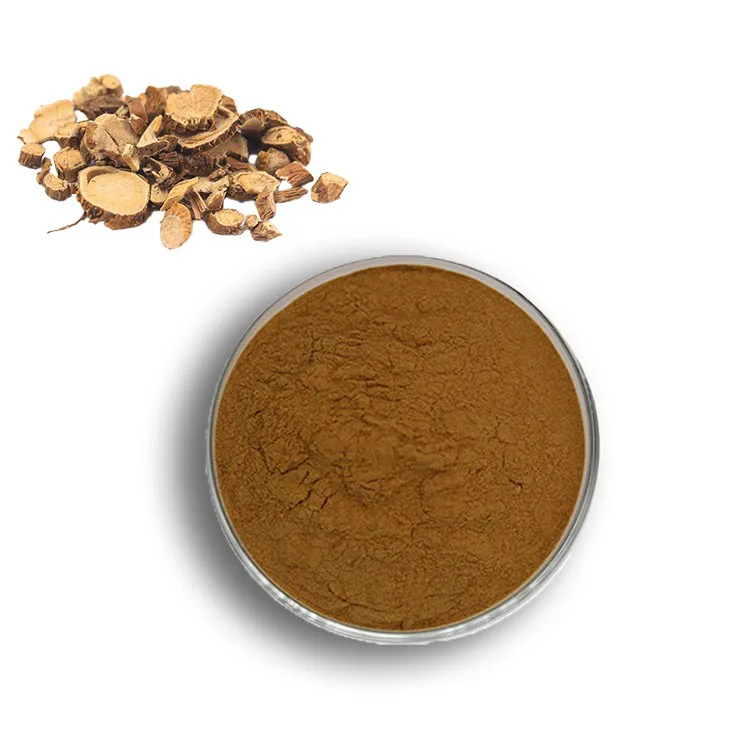
Alkaloids in Sophora Flavescens Root Extract
Matrine
Matrine, a major alkaloid in Sophora Flavescens Root Extract, has attracted significant attention due to its multiple pharmacological actions. One of its remarkable properties is its anti - allergic effect. It achieves this by regulating the immune response within the body. When the body is exposed to allergens, the immune system may overreact. Matrine helps to modulate this response, preventing excessive immune activation that leads to allergic symptoms. For example, in studies on allergic asthma, matrine has been shown to reduce airway inflammation and hyper - responsiveness. This is likely due to its ability to interfere with the signaling pathways involved in the immune response, such as cytokine production and immune cell activation.
Oxymatrine
Another important alkaloid, Oxymatrine, is well - known for its hepatoprotective effect. The liver is constantly exposed to various toxins and is also vulnerable to diseases. Oxymatrine can play a protective role in several ways. It may enhance the liver's antioxidant defense system, which helps to neutralize harmful free radicals generated during normal liver metabolism or due to exposure to external toxins. Additionally, oxymatrine can promote liver cell regeneration. In cases of liver damage caused by drugs or viral hepatitis, oxymatrine has been demonstrated to improve liver function by increasing the viability of liver cells and reducing liver fibrosis. This is of great significance as liver diseases are a major global health concern.
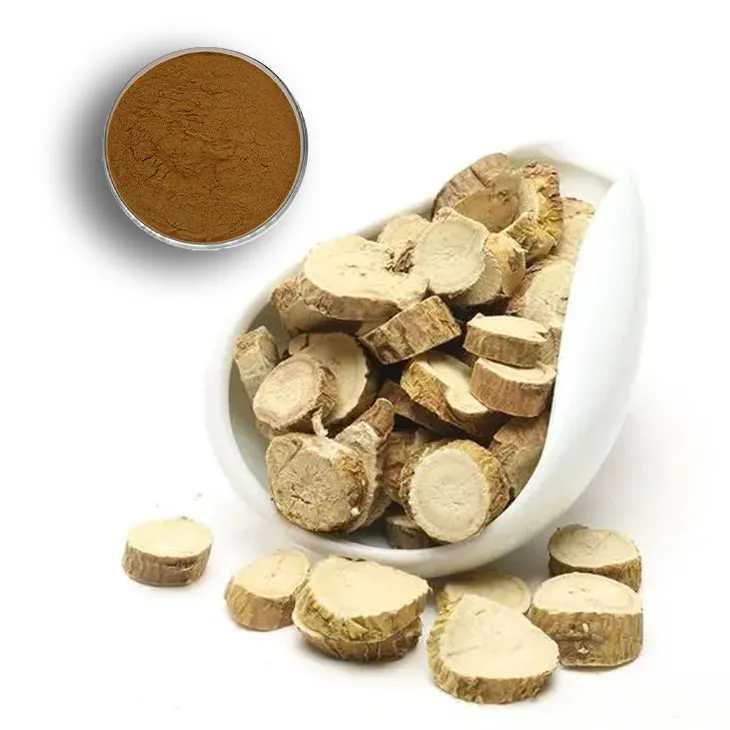
Phenolic Compounds in the Extract
The phenolic compounds present in Sophora flavescens root extract are also an important part of its active component profile. These compounds possess anti - microbial activities. They can inhibit the growth of a wide range of microorganisms, including bacteria, fungi, and viruses.
- Regarding bacteria, phenolic compounds may disrupt the bacterial cell membrane or interfere with essential metabolic processes within the bacteria. For instance, some phenolic compounds can inhibit the synthesis of bacterial cell wall components, leading to the lysis of bacteria.
- When it comes to fungi, they can prevent fungal spore germination or disrupt the integrity of fungal hyphae. This is important in the context of fungal infections, which can be difficult to treat, especially in immunocompromised individuals.
- As for viruses, phenolic compounds may interfere with the virus - host cell interaction. They can block the attachment of viruses to host cells or inhibit the replication of viral genetic material within the host cells. However, more research is needed to fully understand the antiviral mechanisms of phenolic compounds in Sophora flavescens root extract.
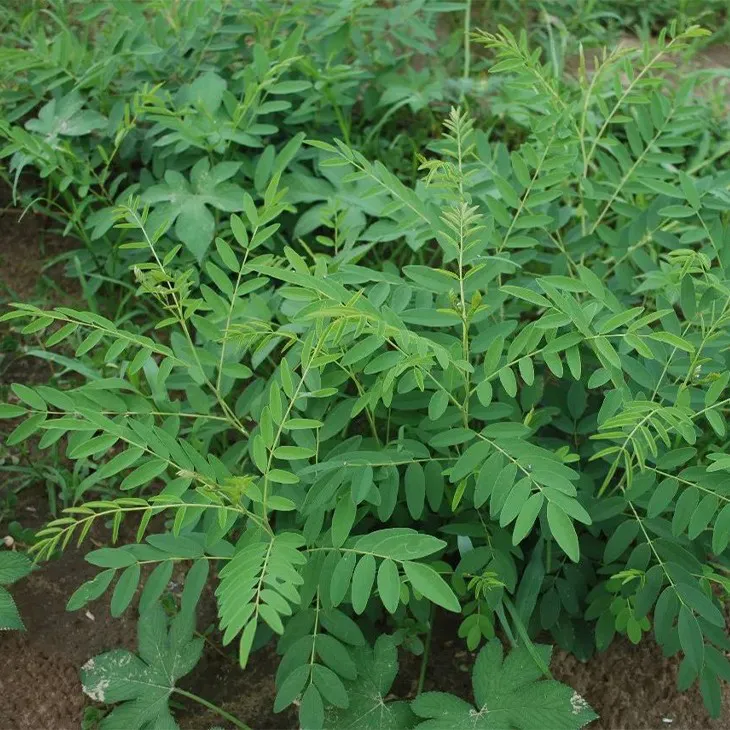
Polysaccharides in the Extract
The polysaccharides in Sophora flavescens root extract cannot be overlooked. These substances may enhance the body's immune function. The immune system is the body's defense against diseases, and polysaccharides can contribute to its strengthening in several ways.
- Polysaccharides can stimulate the production of immune cells such as lymphocytes and macrophages. Lymphocytes play a key role in the adaptive immune response, recognizing and eliminating foreign antigens. Macrophages are part of the innate immune system and are responsible for engulfing and destroying pathogens.
- They can also modulate the cytokine network. Cytokines are signaling molecules that regulate the immune response. By influencing cytokine production, polysaccharides can help to balance the immune response, preventing over - or under - activation.
- Furthermore, polysaccharides may enhance the function of mucosal immunity. Mucosal surfaces, such as those in the respiratory and gastrointestinal tracts, are the first line of defense against pathogens. Strengthening mucosal immunity can help to prevent the entry of pathogens into the body.
Interactions between Active Components
The various active components in Sophora flavescens root extract do not act in isolation. Instead, there are likely interactions between them that contribute to the overall pharmacological effects of the extract.
- For example, the alkaloids and phenolic compounds may work together to enhance the anti - microbial effects. The alkaloids may disrupt the internal processes of microorganisms, while the phenolic compounds target the outer structures or functions, creating a more comprehensive anti - microbial action.
- The polysaccharides and alkaloids may also interact in the context of modulating the immune response. While the alkaloids regulate specific immune pathways, the polysaccharides can boost the overall immune function, leading to a more effective immune modulation.
- Moreover, the hepatoprotective effect of oxymatrine may be complemented by other components. The phenolic compounds' antioxidant properties may help to reduce oxidative stress in the liver, which in turn could enhance the effectiveness of oxymatrine's liver - protecting function.
Potential Applications in Medicine and Health
Given the diverse active components and their pharmacological properties, Sophora flavescens root extract has great potential in the fields of medicine and health.
- In the treatment of allergic diseases, the anti - allergic property of matrine could be harnessed. This could lead to the development of new drugs or therapies for allergic rhinitis, asthma, and other allergic disorders.
- For liver diseases, oxymatrine's hepatoprotective effect offers hope for improved treatment options. It could be used as a complementary therapy in cases of hepatitis, liver cirrhosis, or drug - induced liver injury.
- The anti - microbial activities of the phenolic compounds make the extract a potential candidate for the development of new antimicrobial agents. With the increasing problem of antibiotic resistance, natural products with antimicrobial properties are of great interest.
- The immune - enhancing effect of polysaccharides could be utilized in the prevention and treatment of infectious diseases. It may also have potential in the field of immunomodulatory therapies for autoimmune diseases or cancer immunotherapy.
Conclusion
In conclusion, Sophora flavescens root extract is a rich source of active components, including alkaloids, phenolic compounds, and polysaccharides. Each of these components has its own unique pharmacological properties, and they also interact with each other to produce a range of beneficial effects. The potential applications in medicine and health are vast, and further research is needed to fully explore and utilize these properties. With continued study, Sophora flavescens root extract may play an increasingly important role in improving human health and treating various diseases.
FAQ:
What are the main active components in Sophora flavescens root extract?
The main active components in Sophora flavescens root extract include alkaloids such as matrine and oxymatrine, phenolic compounds, and polysaccharides.
How does matrine in Sophora flavescens root extract show anti - allergic properties?
Matrine shows anti - allergic properties by regulating the immune response in the body.
What is the hepatoprotective mechanism of oxymatrine in Sophora flavescens root extract?
Oxymatrine can protect the liver from damage caused by toxins or diseases, but the specific hepatoprotective mechanism may involve multiple aspects such as antioxidant and anti - inflammatory effects, which need further research.
How do the phenolic compounds in Sophora flavescens root extract exert anti - microbial activities?
The phenolic compounds in the extract can inhibit the growth of various microorganisms, probably by interfering with the normal physiological functions of microorganisms, such as disrupting their cell membranes or interfering with their metabolic pathways.
How do polysaccharides in Sophora flavescens root extract enhance the body's immune function?
Polysaccharides may enhance the body's immune function through various ways, for example, they may stimulate the activity of immune cells such as macrophages and lymphocytes, or regulate the production of cytokines in the body.
Related literature
- The Pharmacological Activities of Sophora flavescens Root Extract: A Review"
- "Active Components of Sophora flavescens and Their Potential in Therapeutics"
- ▶ Hesperidin
- ▶ citrus bioflavonoids
- ▶ plant extract
- ▶ lycopene
- ▶ Diosmin
- ▶ Grape seed extract
- ▶ Sea buckthorn Juice Powder
- ▶ Beetroot powder
- ▶ Hops Extract
- ▶ Artichoke Extract
- ▶ Reishi mushroom extract
- ▶ Astaxanthin
- ▶ Green Tea Extract
- ▶ Curcumin Extract
- ▶ Horse Chestnut Extract
- ▶ Other Problems
- ▶ Boswellia Serrata Extract
- ▶ Resveratrol Extract
- ▶ Marigold Extract
- ▶ Grape Leaf Extract
- ▶ blog3
- ▶ Aminolevulinic acid
- ▶ Cranberry Extract
- ▶ Red Yeast Rice
- ▶ Red Wine Extract
-
Nutmeg Extract
2024-11-29
-
Clove Powder
2024-11-29
-
Golden Seal Extract
2024-11-29
-
Boswellia Serrata Extract
2024-11-29
-
Resveratrol extract
2024-11-29
-
Oyster Mushroom Extract Powder
2024-11-29
-
Black Garlic Extract
2024-11-29
-
Sea buckthorn oil
2024-11-29
-
Soy Extract
2024-11-29
-
Cranberry Extract
2024-11-29











